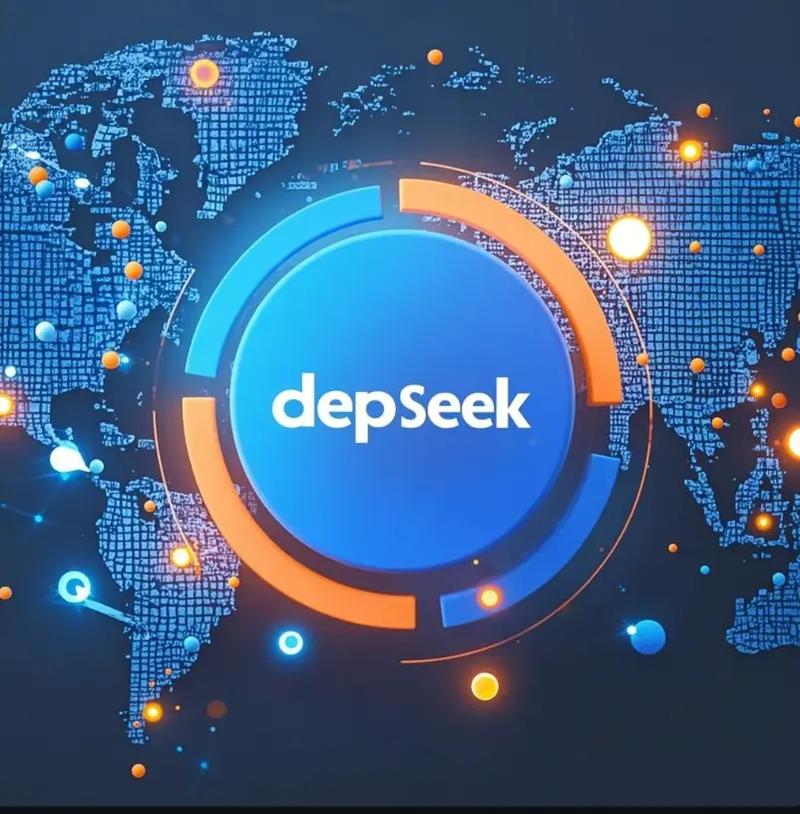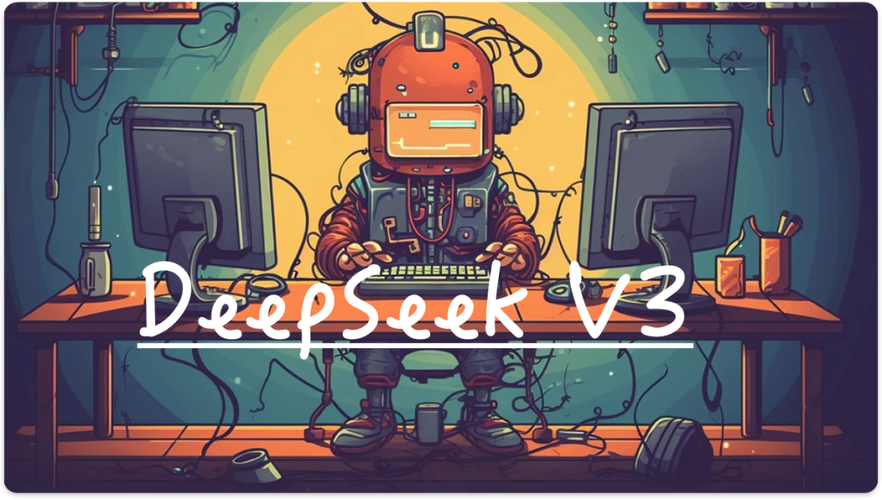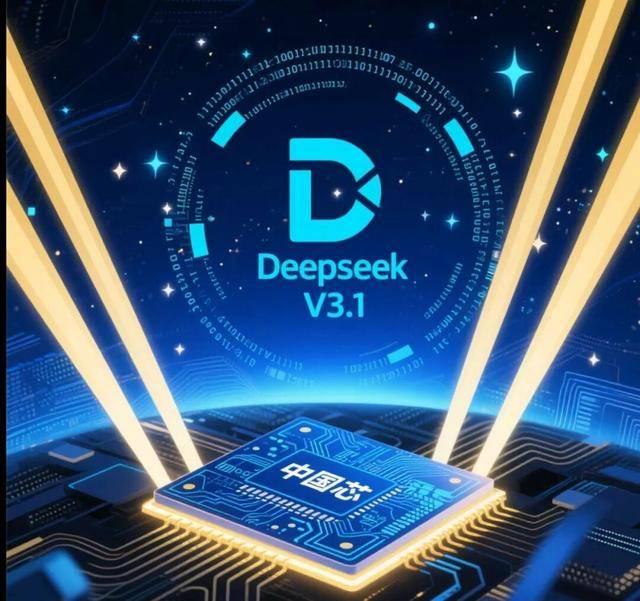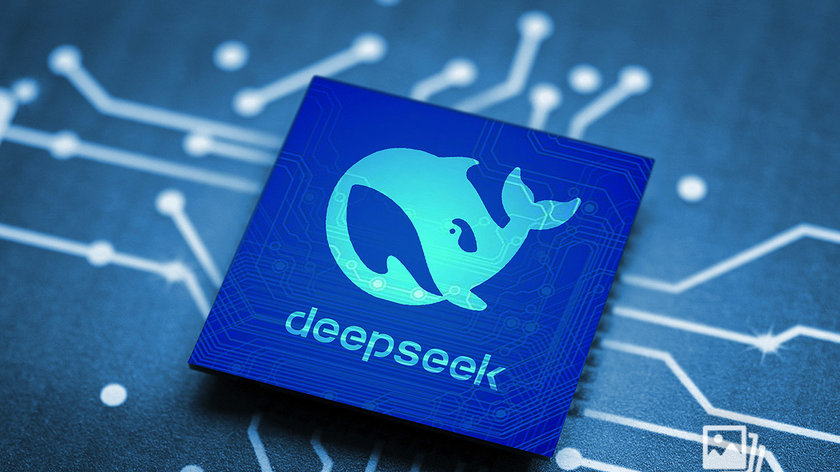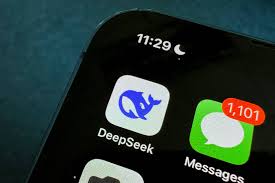The 2025 DeepSeek API Platform: Powering the Next Era of Open-Source AI
Table of Contents
Introduction: Why DeepSeek API Matters in 2025
What is DeepSeek? A Quick Recap
DeepSeek’s Open API Strategy
Core Models Available on DeepSeek API
Architecture Overview: MoE, Context Window & Performance
How to Access the DeepSeek API
Pricing, Rate Limits, and Fair Use
Developer Tools and SDKs
API Use Cases: Real-World Applications
Integration with Platforms (n8n, LangChain, LM Studio, etc.)
DeepSeek vs OpenAI, Claude, Gemini, and Mistral APIs
Local vs Cloud Deployment: Which to Use When
Enterprise Use: Compliance, Data Privacy, and Customization
Community Contributions and Open-Source Roadmap
Future Plans: Multimodality, RLHF and Agent API
Final Thoughts: Why DeepSeek API May Shape the Future of AI
Resources and Developer Links
1. Introduction: Why DeepSeek API Matters in 2025
The landscape of AI in 2025 is more diverse than ever. As global demand for affordable, open, and ethical AI infrastructure accelerates, the DeepSeek API platform emerges as one of the most important ecosystems to watch.
Unlike closed APIs from giants like OpenAI and Anthropic, DeepSeek offers transparent access, open weights, and flexibility for developers, researchers, and enterprises alike.
Why does this matter?
Democratized access to large language models
Lower cost for startups and AI builders
Privacy and local deployment options
Support for non-English languages like Chinese
2. What is DeepSeek? A Quick Recap
DeepSeek is a Chinese AI company backed by High-Flyer Capital. Since late 2023, it has released several highly capable models, including:
DeepSeek-MoE-R1: 67B total parameters, 13B active per token
DeepSeek-Coder: A specialized code generation model
DeepSeek-V2/V3: Enhanced performance with longer context and more advanced capabilities
These models have gained global attention due to their balance of open-source availability and high benchmark performance, often rivaling GPT-4 and Claude 3.
3. DeepSeek’s Open API Strategy
Unlike proprietary platforms, DeepSeek adopts a hybrid approach:
| Platform | Model Access | Hosting | Licensing |
|---|---|---|---|
| DeepSeek API | Cloud-hosted | Official | Free / Pay-as-you-go |
| Hugging Face | Open Weights | Self-hostable | Apache 2.0 |
| LM Studio | Local UI | User-hosted | GGUF model files |
| OpenRouter | Aggregator | Third-party API | Pay-per-use |
This allows developers to choose:
Fully hosted solutions (for scale)
Local models (for privacy)
Community-tuned variants (for niche use cases)
4. Core Models Available on DeepSeek API
As of 2025, the DeepSeek API supports:
✅ Chat Models
deepseek-chat: General-purpose model for dialoguedeepseek-moe-r1: High-performance mixture-of-experts LLM
✅ Code Models
deepseek-coder: Fine-tuned for Python, JS, C++, etc.deepseek-coder-6.7b: Lightweight alternative for edge apps
✅ Embedding Models
(In preview) for semantic search and retrieval-based systems
✅ Upcoming Models
deepseek-vision: Multimodal model (text + image)deepseek-agent: Built-in tool-use and agentic capabilities
5. Architecture Overview: MoE, Context Window & Performance
DeepSeek R1 is based on Mixture-of-Experts (MoE), meaning it activates only part of the model per token. This improves:
Inference speed
Resource efficiency
Scalability for large prompts
Specs:
| Feature | Value |
|---|---|
| Total Parameters | 67B |
| Active Experts | 2-of-16 per token |
| Context Length | Up to 32K (API), 128K (v3) |
| Language Support | English, Chinese, Multilingual |
| License | Apache 2.0 |
6. How to Access the DeepSeek API
🌐 Option 1: Official DeepSeek Cloud (Free + Pro)
Register and verify your email
Generate API key from the dashboard
Test using cURL, Python, or Postman
Example (OpenAI-style call):
python
import openai
openai.api_key = "your-deepseek-api-key"openai.api_base = "https://api.deepseek.com/v1"response = openai.ChatCompletion.create(
model="deepseek-chat",
messages=[
{"role": "system", "content": "You are a helpful assistant."},
{"role": "user", "content": "Explain quantum computing in simple terms."}
]
)print(response['choices'][0]['message']['content'])
🌍 Option 2: OpenRouter
Use DeepSeek models via https://openrouter.ai
No setup required
7. Pricing, Rate Limits, and Fair Use
| Plan | Quota (Monthly) | Cost Estimate | Notes |
|---|---|---|---|
| Free Tier | ~500K tokens | $0 | Limited rate per minute |
| Developer | Up to 10M tokens | ~$10 | Scalable pay-as-you-go |
| Enterprise | Custom | Negotiable | Includes SLA and priority API |
DeepSeek’s API is significantly cheaper than OpenAI, especially for large token workloads.
8. Developer Tools and SDKs
DeepSeek provides support for:
OpenAI-compatible SDK (
openai,langchain,llamaindex)RESTful HTTP endpoints
WebSocket stream API (beta)
Local test models in GGUF for llama.cpp or LM Studio
Jupyter Notebooks, Colab, and API playgrounds
9. API Use Cases: Real-World Applications
📬 Email Assistant
Summarize inbox
Auto-compose replies
Translate content
📊 Data Analysis Bot
Input spreadsheet → ask queries in natural language
Explain data trends, generate reports
💻 Coding Assistant
Use
deepseek-coderfor code completionsIntegrate into VS Code or Jupyter
🔎 SEO / Content Tools
Generate blog posts, product descriptions, and summaries
SEO optimization via embedding search
10. Integration with Platforms
You can use DeepSeek API with:
| Tool/Platform | Integration Method |
|---|---|
| 🧱 n8n | HTTP Request Node |
| 🔗 LangChain | ChatOpenAI wrapper |
| ⚙️ LlamaIndex | LLMPredictor backend |
| 📚 Obsidian | Local + REST API plugin |
| 🧪 Postman | API testing |
| 🤖 Telegram Bots | DeepSeek + webhook script |
11. DeepSeek vs OpenAI, Claude, Gemini, Mistral
| Feature | DeepSeek | GPT-4 (OpenAI) | Claude 3 (Anthropic) | Gemini (Google) |
|---|---|---|---|---|
| Open-source | ✅ Yes | ❌ No | ❌ No | ❌ No |
| Local deployment | ✅ Yes (GGUF) | ❌ No | ❌ No | ❌ No |
| API compatibility | ✅ OpenAI-style | ✅ | ❌ Different schema | ❌ Custom API |
| Language support | ✅ CN + EN | ✅ | ✅ | ✅ |
| Pricing | 💲 Low | 💰 High | 💰 Medium | 💰 High |
| Enterprise SLA | ✅ | ✅ | ✅ | ✅ |
12. Local vs Cloud Deployment
| Option | When to Use |
|---|---|
| ✅ Cloud | Scalable apps, team usage, no GPU |
| ✅ Local | Privacy-first projects, offline workflows |
| Hybrid | Prototype locally, scale via API |
13. Enterprise Use: Compliance, Data Privacy, and Customization
For business users, DeepSeek offers:
Private API deployments
Custom fine-tuning (on request)
GDPR compliance & China localization
On-premises inference option (Docker + GGUF)
Companies building customer support tools, search engines, and internal copilots are actively deploying DeepSeek for secure workflows.
14. Community Contributions and Open-Source Roadmap
The DeepSeek community thrives on platforms like:
Hugging Face: fine-tuned models
GitHub: inference backends, UIs
Reddit: tutorials, use cases
Discord: dev chatrooms
LangChain Hub: DeepSeek templates
Upcoming Open Releases:
DeepSeek-Coder 13B and 33B
RAG-enhanced agent with long memory
Vision-language multimodal model
15. Future Plans: Multimodality, RLHF and Agent API
DeepSeek is rapidly evolving toward:
Multimodal APIs (text + image input/output)
Reinforcement Learning from Human Feedback (RLHF) fine-tunes
Agentic APIs (tool usage, memory, function calling)
Web search + API call integration for agents
16. Final Thoughts: Why DeepSeek API May Shape the Future of AI
The DeepSeek API platform in 2025 is a gamechanger:
✅ Offers GPT-level performance
✅ Runs locally or via cloud
✅ Affordable, open, and developer-friendly
✅ Excels in non-English and code-heavy tasks
✅ Integrates with all major tools
If you're building AI-driven applications, now is the time to explore DeepSeek API — before it becomes the default infrastructure of the AI-first web.
17. Resources and Developer Links
| Resource | URL |
|---|---|
| DeepSeek Official | https://deepseek.com |
| DeepSeek Hugging Face | https://huggingface.co/deepseek-ai |
| OpenRouter API Access | https://openrouter.ai |
| LM Studio (for local testing) | https://lmstudio.ai |
| DeepSeek API Docs | Coming soon or community-supported |
| Sample SDKs (Python/Node) | GitHub: awesome-deepseek-api |

